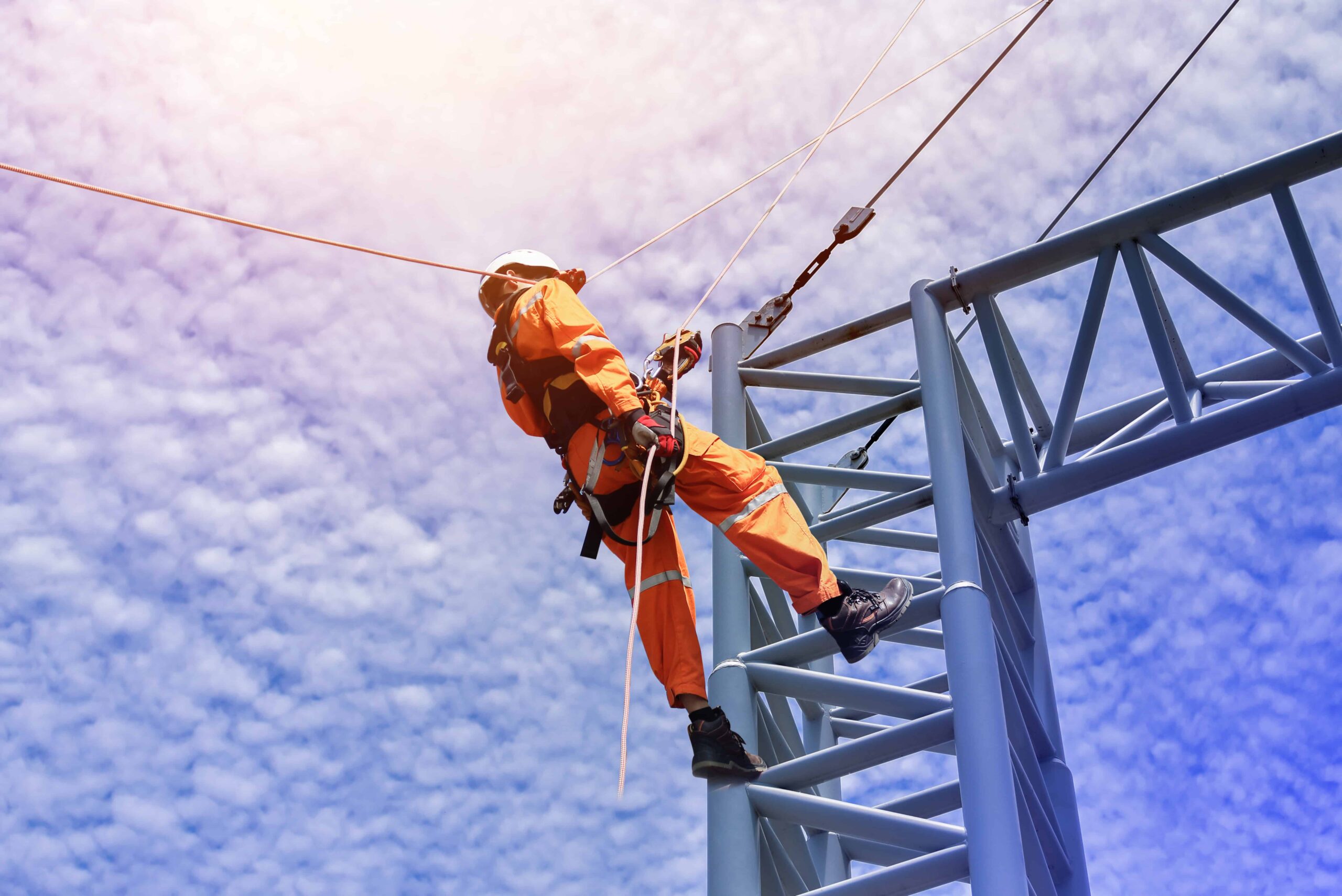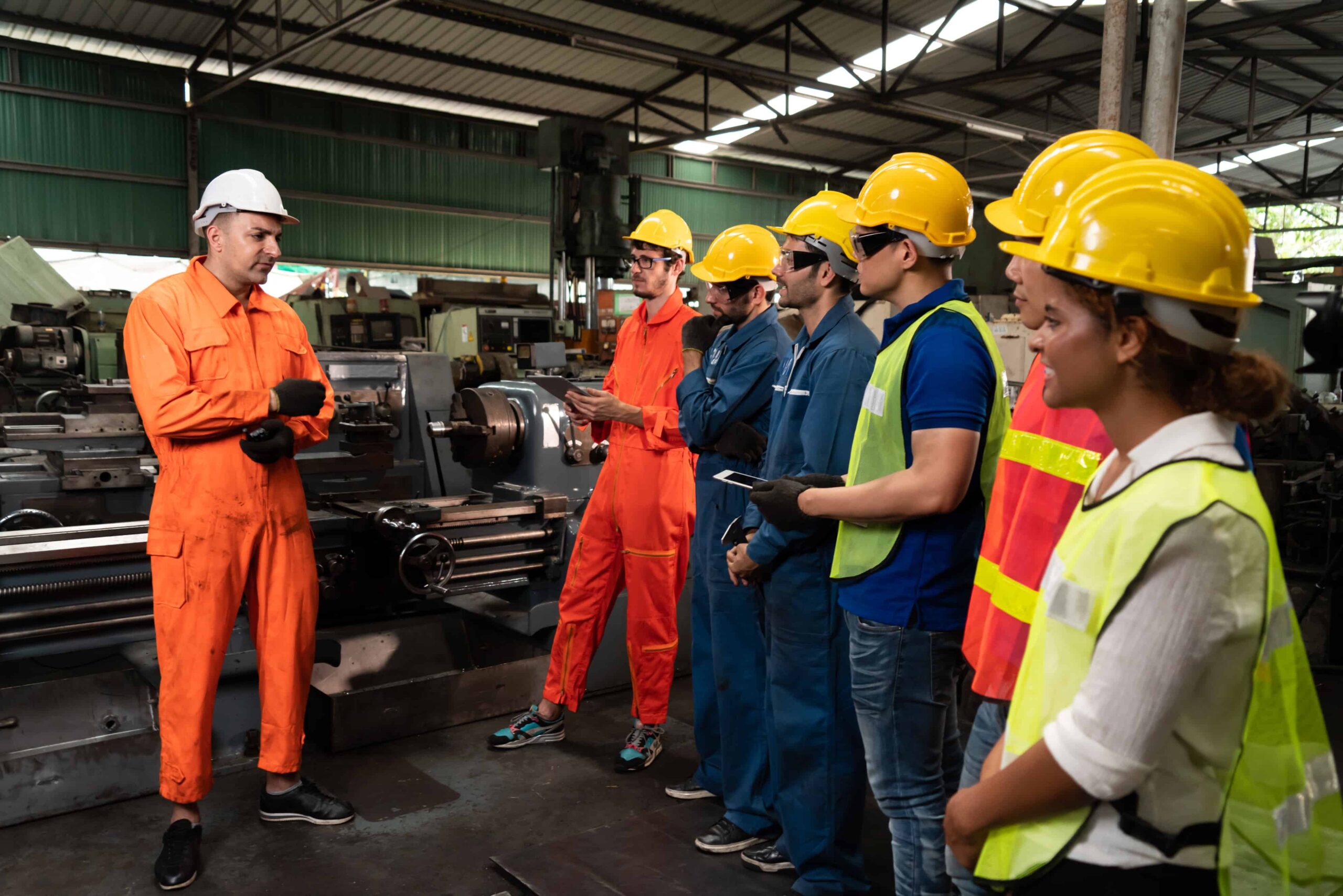
Safety in construction must be a top priority for our industry, given the hazardous nature of our work.
We’re so often doing strenuous physical labour, using heavy machinery, scaling heights and handling dangerous tools.
There have been improvements over the past two decades, but there’s some indication the number of incidents are starting to creep up again. Sadly, many companies continue to ignore site safety laws that are designed to protect workers.
In 2021, for example, one company was fined $320,000 over the tragic death of a teenager who fell 12 metres due to numerous hazards, and hadn’t completed training to work at heights.
Many leaders in the industry are calling for reform. We’ll explore their suggestions soon, but first, let’s look at some of the data from recent years.
Note: this article focuses on physical safety in construction, rather than mental health (we’ve written about that here).
Contents
First, the good news:
The number of workplace deaths has fallen since 2007, when there was a peak (310 deaths).
But businesses can’t afford to get complacent about safety in construction. There’s some indication that fatality numbers have started to creep up again in recent years.
If we focus on the period from 2017 to 2020:
Tragically 154 people lost their lives at Australian construction workplaces from 2016 to 2020.
Even when construction activity slowed as a result of COVID-19 lockdowns, the death rate for 2020 was higher than 2019, which is somewhat surprising.
Every death is an avoidable tragedy, so we should be aiming for zero workplace fatalities. At the very least, we need to make sure that death rates don’t continue to pick up.
The healthcare and social assistance industry records the highest number of compensation claims.
Unfortunately, our sector isn’t too far behind:
Construction has the second highest number of compensation claims (13 per cent), according to a report by Safe Work Australia.
Across all Australian sectors, labourers made the most claims for serious injuries in 2019-20.
The report also compares the frequency of serious claims lodged in 2000-01 to 2018-19.
The number of compensation claims fell for MOST Australian industries, but not ours. There was actually a 17 per cent RISE in the number of serious claims for the construction industry (based on the number of hours worked).
Despite the rising number of serious claims for the building sector, there was a 45 per cent drop in incidence rates. In other words, there were fewer serious claims per thousand construction employees in 2018-19.
“Falls from heights are the number one killer on NSW construction sites and most people who are seriously injured or killed fall from a height of four metres or less.” Tony Williams, SafeWork Executive Director.
Most construction deaths were caused by falling from heights between 2016 and 2020.
We couldn’t find a comparison for the same five-year period as construction fatalities. But this report looks at the causes of serious workplace injuries in 2019-2020 across ALL Australian sectors (not just construction).
Construction site hazards:
Sometimes workers take unnecessary risks that lead to injury, even if they’ve received adequate training and the company has deployed all harm minimisation strategies. However generally speaking, there’s usually a bigger issue at play.
Let’s travel to Sydney for a moment…
When safety inspectors visited 165 construction sites during one round of inspections; two-thirds of sites had unsafe practices related to scaffolding, electrical hazards and poor safety management in general.
However, the biggest concern was around fall risks.
More than 20 per cent of sites had broken safety rules for working at heights. Many companies were ignoring the simplest practices, such as protecting workers from the edge.
All up: 273 notices and 16 fines were issued.
Corporations that failed to comply with height safety regulations were hit with on-the-spot fines of $3,600. Not too far away in Canberra, there’s a similar story. Over the past five years, construction workers have filed the highest number of compensation claims, out of all sectors in the ACT.
Here are the most common safety offences:
“Despite all of our collective efforts, we continue to observe unsafe practices and breaches in this industry. We are seeing the same offences over and over again.” ACT Work Health and Safety Commissioner Jacqueline Agius
These are some of the most recent examples of safety breaches, but the problem certainly isn’t isolated to Sydney or Canberra – it’s widespread across Australia.
Last year, 161 construction leaders across Australia were surveyed by a company called ACA Research.
When it comes to tracking and monitoring site safety, only one quarter of construction firms use specialist software that helps managers to effectively perform their WHS (work, health and safety) duties:
The vast majority of companies still use paper records or manual spreadsheets.
This makes it harder to ensure that all managers and workers are on the same page about occupational safety and health in construction.
More than 25 per cent of respondents said that budget and time considerations are more important than wellbeing and safety in construction.
Unfortunately the global pandemic has made it even harder for building firms to deliver projects on time, and within the allocated budget. In Australia, project delays have now doubled to more than 200 days as companies face steeper price hikes, as well as more labour and material shortages.
We must never make excuses for companies that fail to take the necessary precautions to protect workers from on-site hazards.
Safety should always be the number one priority.
However, we need to face the reality that businesses are unlikely to invest in the wellbeing of their employees when cutting corners to meet project deadlines – and these pressures are greater since the pandemic began. It would be helpful if government rebates for safety resources were more widely available for businesses that need financial support, and heavily promoted too.
“I don’t think we should accept that worksites are and always should be dangerous, I think we can and must do better to ensure the safety of all workers on construction sites…” Federal Safety Commissioner David Denney
It’s important that all levels of government (local, state and federal) work with construction firms and employees to prevent injuries and fatalities.
Many key players are already taking action to improve site safety in Australia.
We’ll explore a few suggestions here.
Safe Work Australia is the government statutory agency that develops federal policy around workplace health and safety. Construction employers can become familiar with their WHS responsibilities by reading this comprehensive resource.
In particular, the Model Code of Practice for Construction Work advises employers and workers on how to meet WHS standards. There are also additional codes for particular sectors, such as demolition and excavation work.
For Safe Work resources that are specific to your state or territory:

Employers are responsible for ensuring that workers have been trained to conduct their jobs safely, so that no harm befalls them or their colleagues.
Safety training is needed for new recruits, as well as workers who engage in risky jobs, such as working from heights. This is one of the most effective ways to prevent injuries and accidents. It’s vital that training is accessible for all workers, so there needs to be translations for those who don’t speak English fluently.
If you run a construction business, a good starting point is to explore the Safe Work website for your state or territory. In NSW, for example, you can get free advice on improving the safety of your site.
There are also small business rebates that help to cover the cost of workplace health and safety.
Not in NSW?
Please contact the Safe Work organisation for your location to see if they offer similar support, if you can’t find that information on their website.
On the broader political level, momentum is building for industrial manslaughter laws that are consistent across Australia.
Industrial manslaughter laws come into play when the death of an employee is caused by the employer. These laws are different for each state and territory, so there’s no uniformity with definitions and penalties. In 2018, an independent review was conducted into Australia’s workplace health and safety laws. One recommendation was to introduce a law for Industrial Manslaughter.
“Australians want urgent action to prevent more workplace deaths. States, territories and the commonwealth need to act to ensure that there are real deterrents in place which will force employers to make sure workplaces are safe.” Liam O’Brien, Assistant Secretary for ACTU.
Campaigners are also calling for stronger penalties, such as cancelling the licenses of rule-breakers. On top of this, authorities should have the power to prosecute repeat offenders before there’s a serious incident.
In the ACT, for example, a review is underway and recommendations are expected later this monthly.
Jacqueline Agius, ACT Work Health and Safety Commissioner, wants the current range of prosecutions to be extended so that workers can be protected.
“Now, if we are not prosecuting offences like the failure to train your workers, failure to consult with your workers, failure to have a safe system of work in place, then we’re not going to see real changes in the construction sector generally or indeed the residential construction sector,” Ms Agius said.